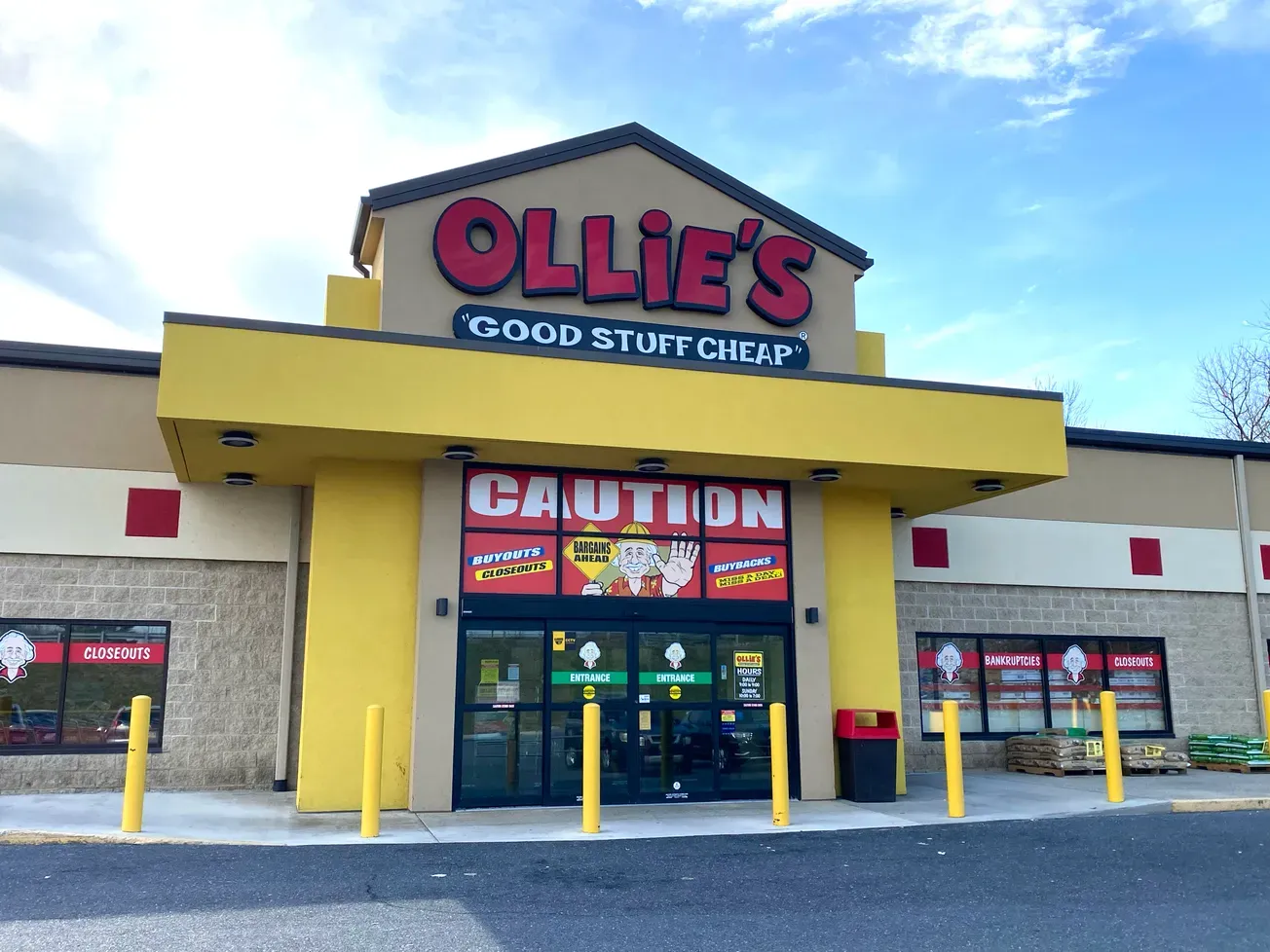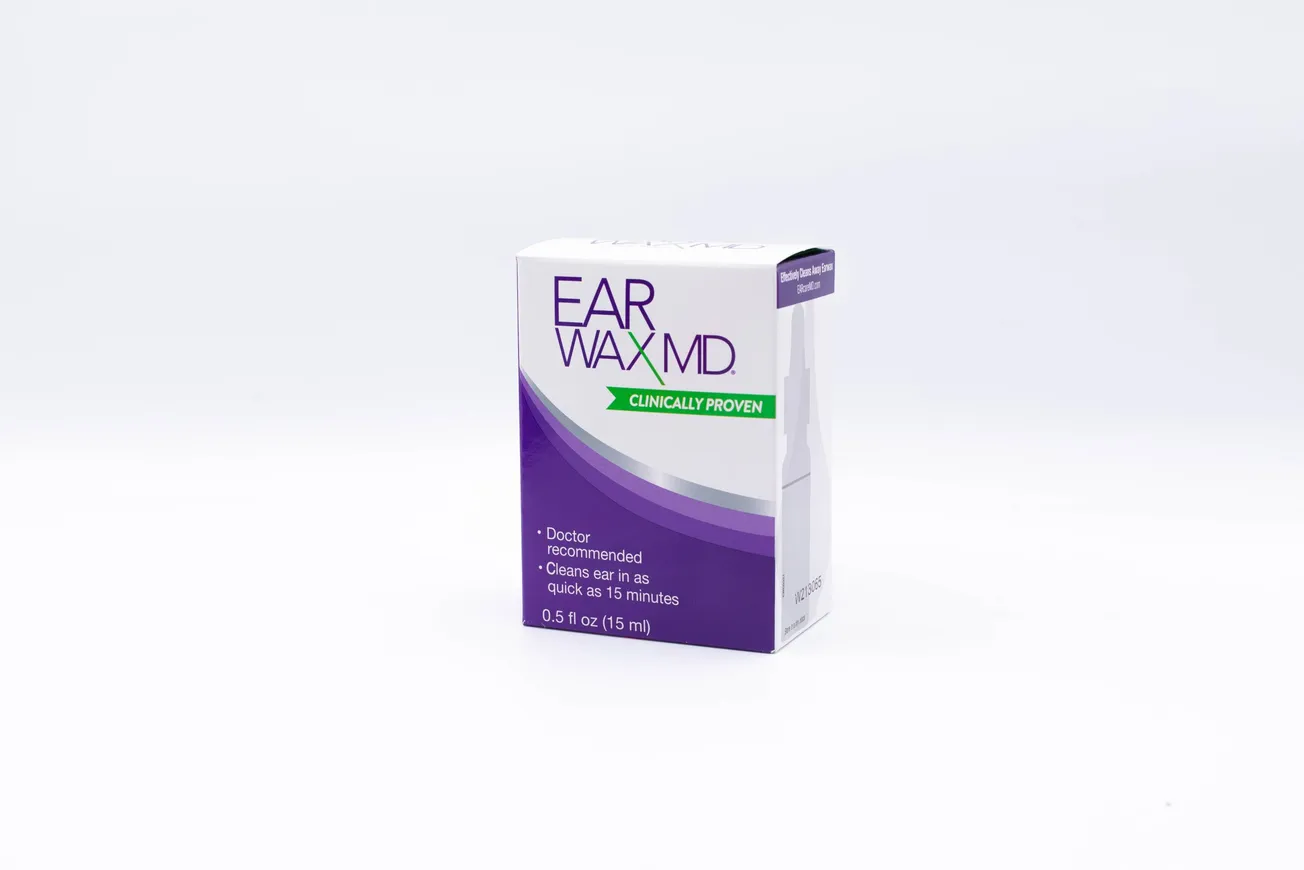NEW YORK — Opioid prescriptions have dropped for the first time in two decades, but dealing with the threat of misuse of the powerful painkillers remains a challenge for retail pharmacies and the health care system.
Industry leaders are expressing hope that the decline in such prescriptions last year, preceded by dips in 2014 and 2013, may be a sign that the epidemic has reached its peak. IMS Health, for example, found a 12% decline in opioid prescriptions nationally since 2012. Symphony Health Solutions, which like IMS Health is a health care data company, reported an estimated 18% decline during that period.
Nevertheless, legislators such as Sen. Dick Durban (D., Ill.) have called on the nation’s medical community to continue to curb the overprescribing of opioids. Last month, Durban dispatched letters to four leading physician associations to assume responsibility for the role that doctors and others have in curtailing the epidemic by endorsing mandatory continuing education programs. The head of one of those organizations, Dr. Steven Stack, president of the American Medical Association, called on the medical profession to play a leading role in addressing the drug crisis, writing in a blog that “as a profession that places patient well-being as our highest priority, we must accept responsibility to reexamine prescribing practices.”
At the congressional level, the House of Representatives passed several bills in May, approved with bipartisan support, that provide for substance abuse treatment, education and law enforcement actions to tackle the opioid epidemic. A core piece of that legislative package, a bill authorizing $103 million in grants for a variety of services, passed by a lopsided vote of 413 to 5.
In the retail pharmacy sector, CVS Health said late last month that it would expand access to naloxone (also known as Narcan), the opioid overdose-reversal drug, in seven additional states this summer, bringing the total to 30 states where the lifesaving medication will be more accessible to CVS Pharmacy patients. “By expanding the availability of this medication, we can save lives and give people the help they need for recovery,” commented Tom Davis, vice president of pharmacy professional practices at CVS.
Likewise, Walgreens recently added New Mexico to its roster of states where naloxone is available without a prescription in its more than 70 pharmacies in that state. Earlier this year, the retailer pledged to make naloxone available without a prescription in 35 states. “By making naloxone available without a prescription, we are making it easier for New Mexico families and caregivers to help their loved ones,” said Brian Sizemore, Walgreens regional health care director in New Mexico.”






